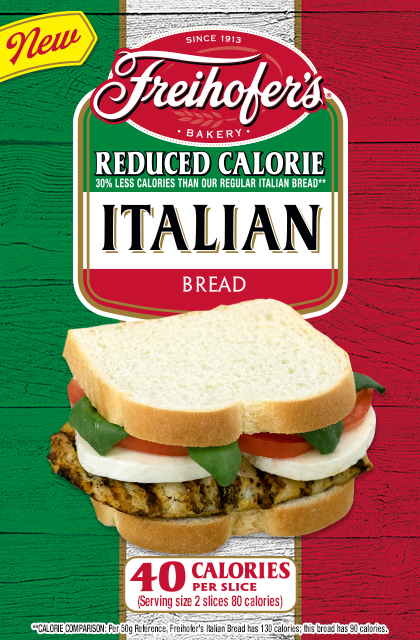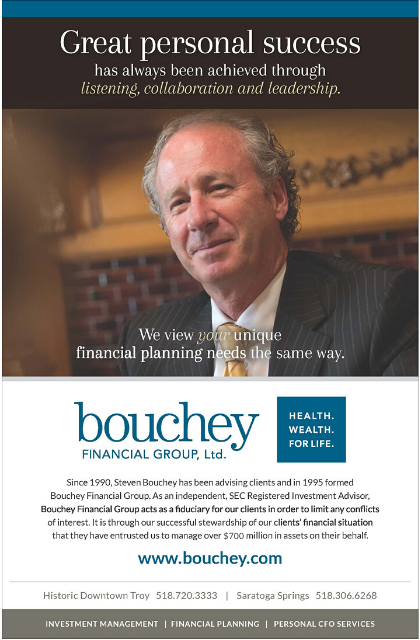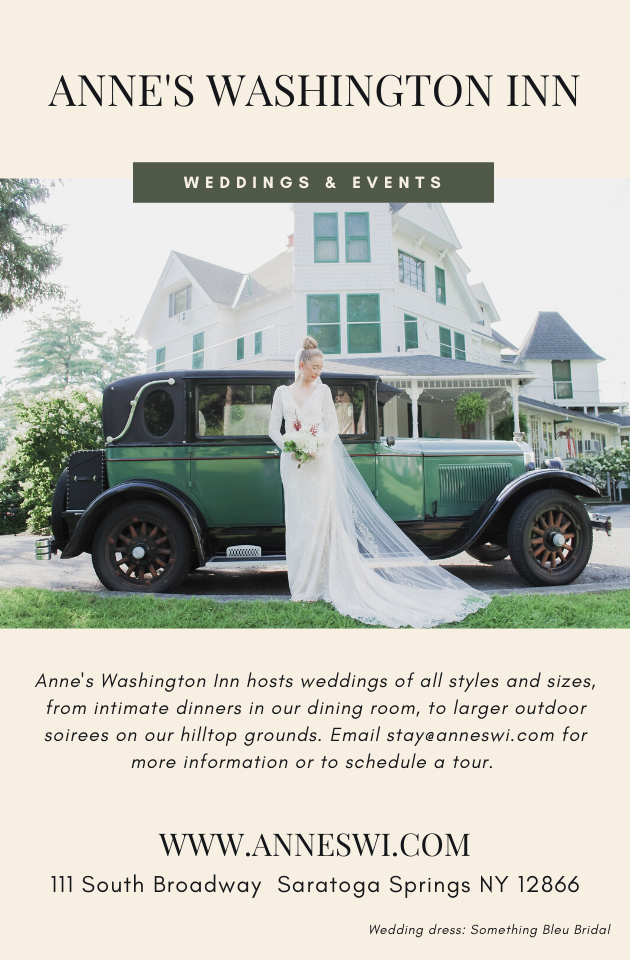PIANO CONCERTO NO. 12 IN A MAJOR, K. 414
Composed in 1782
WOLFGANG AMADÈ MOZART
Born in Salzburg, January 27, 1756
Died in Vienna, December 5, 1791
Identifying Mozart’s piano concertos can be a confusing business but something that reveals the role these pieces played in his career. On this concert we hear his Concerto No. 12, a numbering that would have been meaningless to Mozart. The standard numbers used today were bestowed long after his death and some catalogs count them differently. Concert announcements and printed programs were relatively rare in his time. When he performed one of his concertos, he sometimes referred to it by key, here not entirely helpful as he wrote two in A major. Occasionally a program would say a work was “new,” but Mozart composed so many concertos, often in close succession, that there is rarely certainty which new one was performed on a specific concert. His letters can be more informative when he gives exact descriptions of a piece.
Mozart wrote the A-major Concerto during the fall of 1782 and it was published three years later as Op. IV, No. 1. Opus numbers, however, are no longer used for his compositions, so this too is unhelpful. Amidst all the confusion Ludwig Ritter von Köchel would appear to have come to the rescue (which seems appropriate since “Ritter” means knight in German). In 1862 he published a massive chronological catalog of Mozart’s compositions, which earned him some degree of immortality due to the “K” numbers that now identify the composer’s works. On this concert we hear K. 414, which would seem to put an end to the matter were it not that Köchel’s catalog has gone through many editions in the past 150 years (with a new one forever forthcoming). The numbers keep changing with our Concerto now officially K. 385p.
These labeling issues would be a minor matter except that they point to fundamental elements of Mozart’s engagement with the genre of the piano concerto. One is that he wrote a lot of them. The standard listing is 27, although once again numbers are misleading. His earliest attempts were not actually his own independent concertos but rather arrangements of piano sonatas by C.P.E. Bach, J.C. Bach, and lesser figures, possibly an assignment given to the pre-teen composer by his formidable father, Leopold.
Mozart’s piano concertos brilliantly allowed him to display his gifts to the public. The one we hear tonight is the earliest he wrote after moving in 1781 to Vienna, where he sought to jumpstart his career. Mozart began to give concerts, which he produced at his own expense in order to support himself and Constanze Weber, the singer he married the following summer. The A-major Concerto, K. 414, is the first of a group of three that he wrote in the late fall and early winter of 1782–83 for Lenten concerts that season. The other two are No. 11 in F major (K. 413) and No. 13 in C major (K. 415). Mozart placed an advertisement in a local paper offering handwritten copies of the pieces, indicating that they could be played in two ways, either with piano and full orchestra or a quattro, that is with just a string quartet.
In a letter to his father Mozart indicated that “These [three] concertos are a happy medium between what is too easy and too difficult; they are very brilliant, pleasing to the ear, and natural, without being vapid. There are passages here and there from which the connoisseurs alone can derive satisfaction, but these passages are written in such a way that the less learned cannot fail to be pleased, though without knowing why.” We see these qualities in the opening movement (Allegro), which begins with an orchestral introduction offering several themes before the piano enters playing the first of them. From the start, strings predominate with wind instruments offering modest support—one can understand they would not much be missed when the work was played as chamber music at home.
The hymnlike opening of the following Andante quotes from the Overture to La calamità de’ cuori (The Calamity of Hearts) by Johann Christian Bach, who had recently died. The eight-year-old Mozart had gotten to know the so-called London Bach well while living in England in 1764 and had viewed him as a mentor and model, which is why three of his earliest keyboard concertos were orchestrations of Bach sonatas. Soon after he died on New Year’s Day 1782 Mozart wrote to his father “what a loss to the musical world!” The finale (Allegretto) smiles throughout with simple, somewhat folklike melodies not unlike those of the birdcatcher Papageno in The Magic Flute. Because this Concerto was published in Mozart’s lifetime he provided the cadenzas, indeed multiple ones for each of the movements.
—Christopher H. Gibbs
SYMPHONY NO. 1 IN E MINOR
Composed from 1931 to 1932
FLORENCE PRICE
Born in Little Rock, Arkansas, April 9, 1887
Died in Chicago, June 3, 1953
Composers require advocacy. Mozart needed Haydn to promote his string quartets. Mendelssohn revived Bach’s St. Matthew Passion and Leonard Bernstein breathed new life into Mahler’s symphonies. Sometimes history’s vagaries forge new paths for an artist’s legacy, such as the discovery of 10 water-logged master tapes of Bob Marley and the Wailers live concerts. The legacy of Florence Price, a composer of great talent, finds itself at a crossroads in 2020 with the nation’s spotlight on the injustices perpetrated on African Americans and the 2009 discovery of a treasure trove of her works at her summer home in St. Anne, Illinois—where scores were strewn on the floor after an apparent robbery. The home’s new owners contacted the University of Arkansas and donated scores to Price’s archive. An important step in the long march for social justice is to perform, record, teach, conduct, research, and respect the life and work of Florence Price.
Price was born in Little Rock, Arkansas, in 1887. Her father was a dentist and her mother a music teacher, and Florence attended the same elementary school as the composer William Grant Still, although he was two years younger. She demonstrated precocity for school and music, graduating from high school as valedictorian at age 14. Her parents sent her to the New England Conservatory of Music to pursue organ and piano and she studied composition with George Chadwick, who had taken an interest in spirituals, including them in his own music. Upon graduation Price moved home to Arkansas for a brief time before taking a job at what is now Clark Atlanta University as head of the music department. She returned to Little Rock, where racial injustice made it impossible for her to thrive. She left for Chicago in 1927 and became part of a community of exceptional musicians and intellectuals known as the Black Chicago Renaissance.
In 1932 the Chicago Defender announced a musical contest, “an event of paramount importance open to all musical composers of the Race,” cosponsored by NANM (National Association of Negro Musicians) and the Wanamaker’s department store. Margaret Bonds, a student and composer friend of Price’s, recalled, “We all prayed, and Florence won $500 for a symphony [her First Symphony]. Our prayers were powerful because Florence also won $250 for a piano sonata, and I won $250 for an art song.” It was this symphony that Frederick Stock, conductor of the Chicago Symphony Orchestra, would include in a 1933 concert, enshrining Price’s Symphony No. 1 as the first composition by an African-American woman to be played by a major orchestra. The concert was part of the Chicago World’s Fair, whose theme was “A Century of Progress.” Contemporary writings about the event emphasized the Symphony as a symbol of uplift and community.
Price composed over 300 pieces, 40 of which are large-scale works, 100 or so songs, chamber music, and settings of spirituals for piano and voice. Marian Anderson sang Price’s arrangement of “My Soul Is Anchored in the Lord” to conclude her 1939 concert at the Lincoln Memorial before 75,000 people. Together Price and Anderson advocated for equality through music’s unstoppable pulse.
Price’s First Symphony is a panoply of gorgeous instrumental timbres expertly displayed within a traditional four-movement symphonic frame. The first movement, Allegro ma non troppo, is in sonata form. It opens with a syncopated bassoon solo, recalling Dvořák’s “New World” Symphony. Instruments swell and billow. A long contrasting middle section captures tranquility, as if Price is musically painting the great American pastime: sitting on the porch. Peace is disturbed with a return of the first theme and brass and percussive blasts end the movement. The second movement is marked Largo, maestoso and commences with a four-part brass hymn texture, which infuses the Symphony with transcendence. The movement is optimistic, and full of space, much like music by Copland, and like Debussy’s tone poems it rarely reaches an overwhelming forte, reverent in its subtle changes in dynamics.
Leading us out of church and into a party, the third movement, Juba Dance: Allegro, is in duple meter (4/8) with a catchy syncopated melody. Price intended that each of her symphonies have a juba, or stomping, dance, which some scholars see as the precursor to tap dancing. She demonstrates her gift for catchy melodies and introduces small and large African drums and a wind whistle into the work. The last movement, Finale: Presto, is a Haydnesque rondo in 6/8. The dance continues faster, as strings take over the orchestration, propelling the pleasing movement forward. Trumpets and flutes take on the rondo theme and the Symphony ends triumphantly with a triple fff.
— Aaron Beck
Program notes © 2021. All rights reserved. Program notes may not be reprinted without written permission from The Philadelphia Orchestra Association and/or Aaron Beck.






